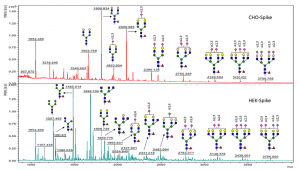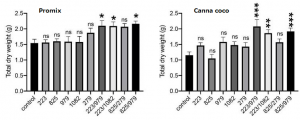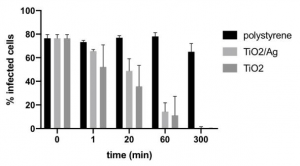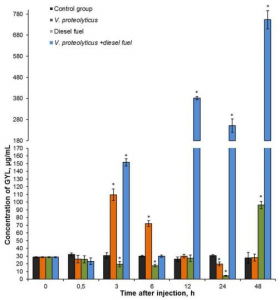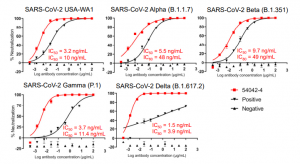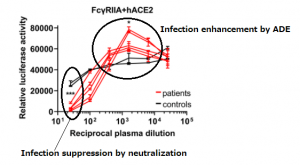Differences in SARS-CoV-2 Spike glycosylation between CHO and HEK cells: Oligomannose increases in HEK cells
A group from Center for Biologics Evaluation and Research, Food and Drug Administration, Baltimore, MD, USA, etc. has reported on differences in SARS-CoV-2 Spike glycosylation between CHO and HEK cells.
https://www.ncbi.nlm.nih.gov/pmc/articles/PMC8497748/pdf/fchem-09-735558.pdf
CHO-Spike exhibits more complex (mainly bi-antennary) and higher sialylation (α2,3-linked), while HEK-Spike exhibits more high-mannose and a small amount of α2,3-and α2,6-linked sialic acids as follows.

